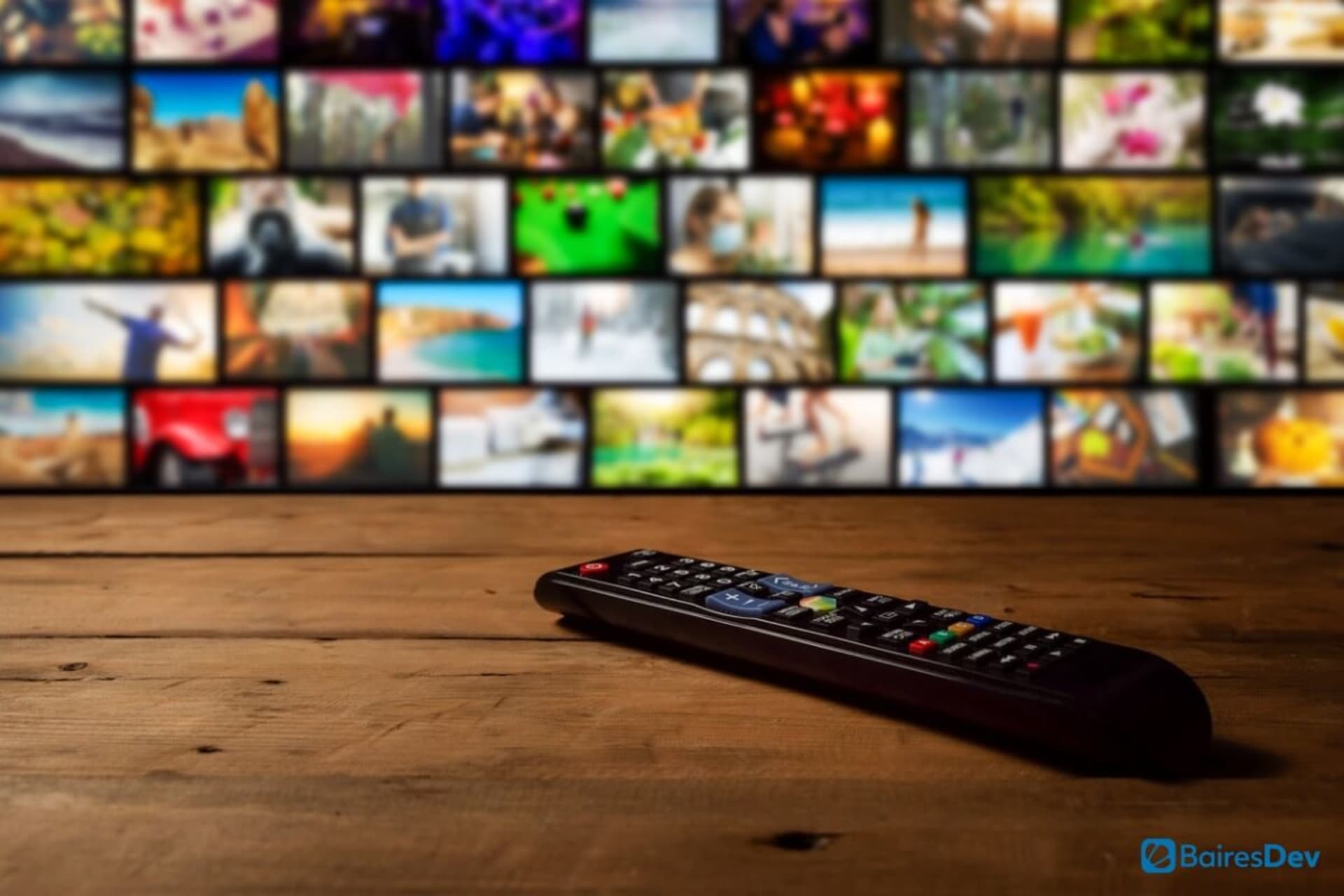Up to this point, saying that TV has been suffering since the emergence of streaming platforms feels pointless. That’s because we all know that, ever since Netflix, Amazon, HBO Max, and other platforms made their appearance, people started cord cutting in such a way that traditional TV has never recovered, but not for lack of trying.
Traditional TV channels have ventured into a lot of things trying to reclaim their viewership. They have launched their own streaming services, provided their content on their websites, and even developed social media campaigns to generate further engagement. Those strategies have had varying results but failed to reinstate television in entertainment’s spotlight.
It’s highly likely that TV won’t ever return to its former glory. But that doesn’t mean it’s dead. In fact, there’s a huge opportunity for broadcasters and TV producers to engage with an audience that has gotten more active over the years. That opportunity lies in a strategic partnership with social media platforms, something that we’re already seeing.
The Second Screen Phenomenon
There has been a shift in the audience habits that’s become key to this golden opportunity for TV. Since social media platforms took the world by storm, people have gotten accustomed to engaging and interacting not just with friends and family but also with brands, entertainers, and all kinds of societal actors.
With each passing year, thanks to social media, people have gone from passively consuming content to actively selecting, sharing, and interacting with what they are watching. Naturally, streaming platforms have also played a role in this, as they provide options for users to pick and consume whatever and whenever they want. Thus, interactive experiences have started to gain popularity, which is extremely detrimental to an experience as passive as watching TV.
Today, we’re widely familiar with social conversations happening in real time as a show or event unfolds. That’s precisely what we’re talking about when discussing second screens: Most people don’t watch anything passively anymore, as now they do so with another device (usually their phones) in their hands, ready to check social media to comment on what they are watching.
Social media (and Twitter above all) has become the new watercooler, albeit an enhanced one. Rather than waiting to go to the office to discuss a show with friends and colleagues, people do so in real time and simultaneously with whatever they are watching. You surely remember how people got on Twitter each time a highly hyped show premiered, even if it did so on an on-demand platform, with trending topics, memes, spoiler warnings, and shared conversations.
The second screen phenomenon isn’t reserved for on-demand shows. Highly watched TV events (mostly live broadcast events ranging from breaking news to the Superbowl) are frantically commented on social media, which goes to show that this is far from being a trend. Second screens are here to stay, and that, funnily enough, can benefit TV broadcasters.
The Rise of Social Television
If social media is now an essential part of a cross-platform and cross-device viewing experience, then broadcasters have a golden opportunity to build their offerings on top of that. There have been attempts to do that for years (some of which are almost a decade old) but to no avail. Does that mean that the golden opportunity is, in reality, a golden trap? Not quite.
The key is knowing how to integrate the content traditional TV companies have to offer with the real-time comment capabilities that social media is known for. And that’s precisely what some companies are aiming for.
A couple of weeks ago, Twitter announced a sizable global deal with ViacomCBS, one of the most relevant mass media and entertainment conglomerates in the world. The idea of the partnership is fairly straightforward: ViacomCBS will provide its portfolio of news, sports, live events, TV shows, and franchises for Twitter to stream over its platform.
What’s more, ViacomCBS will host Twitter Watch Parties to capitalize on Twitter’s second screen capabilities. The entertainment giant will host those parties on Paramount+, its own streaming platform, which is interesting, as executives are acknowledging with this move that even on-demand services need the push of social conversations.
Earlier this year, Twitter also expanded its deal with NBCUniversal, which dates back to 2013. This partnership looks very similar to what the social media platform has struck with ViacomCBS: NBCUniversal provides content, Twitter provides its infrastructure to stream it.
Both of those partnerships are great examples of what social television can be from now on. An established firm can offer its vast catalog of content while social media platforms can act as amplifiers, serving both the interests of traditional media (which wants to engage more viewers) and those of the viewers themselves (who are now part of the active audience that wants to be able to interact and comment about everything they watch).
Going Beyond the Surface
What I’ve described so far is only scratching the surface. In reality, a true cross-device watching experience can be so much more. Integrating on-demand streaming services with social media capabilities is the next logical step, but there’s so much more that can be done. Using wearables and virtual assistants to consume, share, and interact is an interesting promise. New hub apps, virtual and augmented reality, multiscreen technologies, and even the metaverse are also paths worth exploring.
Some might argue that social television has been around for years and still hasn’t taken off and likely never will. That might be true. However, the entertainment industry is vastly different from what it was a decade ago when social media started to gain massive popularity. New technologies can finally meet the original requirements and help overcome the many challenges that lie ahead.
The viewing experience is changing and has been doing so for a long time now. It probably won’t stop evolving any time soon, so broadcasters that want to stay relevant should start taking note and push for a more integrated experience that leverages new technologies and meets the new habits of an active audience that’s willing to engage, as long as broadcasters acknowledge that such a thing will eventually happen.






